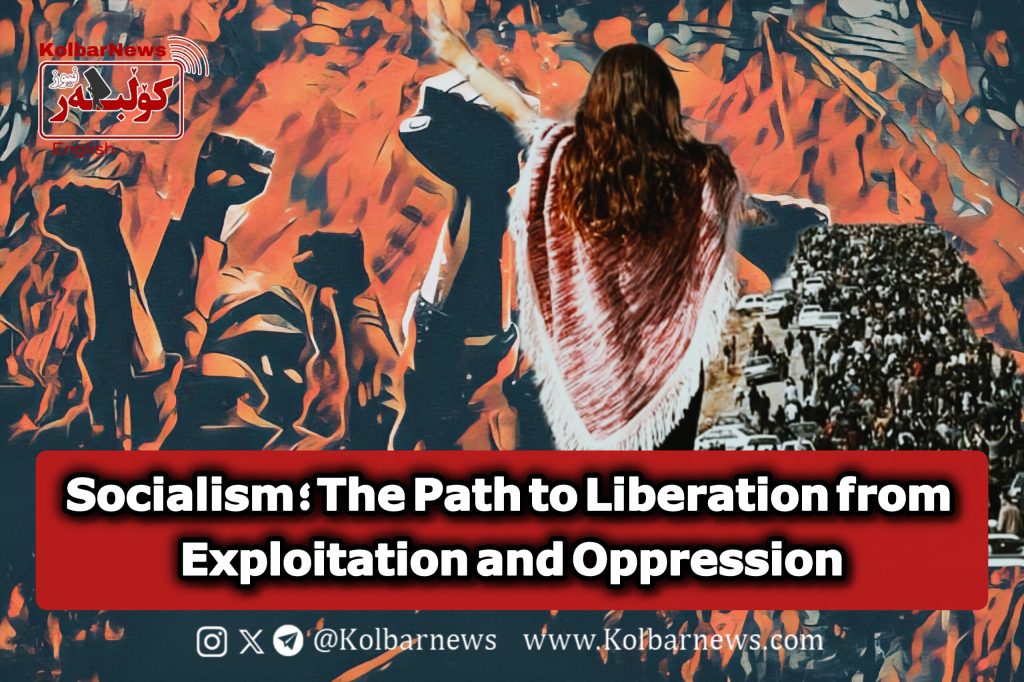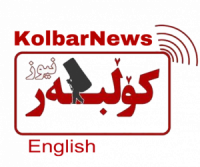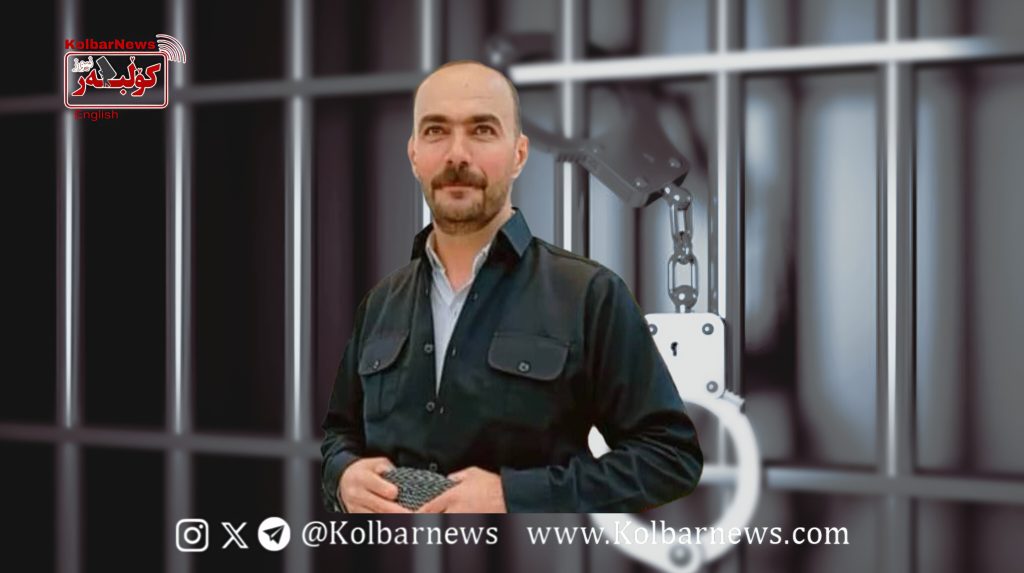
The disorder in Iran’s economic situation is expanding day by day. A deep-rooted economic crisis has engulfed the entirety of Iranian society, while there is no clear horizon ahead for this regime to resolve or even alleviate the crisis. The value of Iran’s currency has fallen to its lowest level in recent years. Income from oil sales, which is the main source of the Iranian regime’s budget, has drastically decreased under the burden of sanctions, and Iranian oil is effectively being looted in the black and informal markets. Hundreds of factories and production and service institutions have gone bankrupt or are on the verge of bankruptcy. The unemployment rate is rapidly increasing. People’s essential living needs from housing to daily food and other basic necessities are becoming more expensive at a staggering rate. Means of production and services have become so outdated and worn out that there is neither the capability to rebuild them nor to repair them; even if spare parts could be found, repairing them would not be economically viable. Iranian capitalists, even those not affected by sanctions, are unwilling to return the hundreds of billions of dollars of vast capital they have accumulated from exporting petrochemical products and non-oil goods. They have deposited these funds in foreign banks or are engaged in trade outside of Iran’s borders. Universities and institutions for training specialized professionals, which are strategic pillars of capitalist economic development, have been drained of knowledge and expertise. In such circumstances, even if international sanctions are lifted, the state bureaucracy and financial and administrative corruption are so deeply intertwined with the fabric of this regime that any project aimed at improving this situation will be absorbed and adapted to the regime’s own interests. This means that even if sanctions are lifted, the Islamic Republic lacks the institutionalized and effective system to turn revenues into a means of escaping the crisis. Iran’s economic system is divided between two systems: market economy and state economy. The Revolutionary Guards, acting as a state controlling the majority of economic and financial enterprises, are not accountable to the official government; this duality and its resulting contradictions have further exacerbated the critical conditions in Iran.
However, the Islamic Republic is among those regimes which, due to political and ideological reasons and internal contradictions, has failed to unite the ranks of the Iranian bourgeoisie. Thus, we see a wide spectrum of opposition supporting the capitalist system also taking shape against this regime. This opposition, in its own way, strives to overthrow this regime. While social struggles and the political and economic factors involved in Iran’s situation have darkened the prospects of the Islamic Republic’s survival, the efforts of various parts of this opposition to shape their desired alternative are also underway. But looking at their economic and social programs, it is clear that none of these factions many of which are fragmented and disunited have a real solution for ending the economic misery of the masses or even achieving the economic development they envision. Their “solution” in response to the current conditions is well-known and largely universal. This economic “solution” is nothing other than: handing over the management of the country’s economy to technocratic managers, normalizing relations with Western governments, removing political obstacles to further integrating Iranian capitalism into the global market, implementing neoliberal economic programs based on the free market domestically, and at best, fighting corruption which even in this latter point there is serious doubt about their ability. These kinds of prescriptions for solving the economic crisis of Iranian capitalism are being written while similar policies have been implemented in many countries around the world, ultimately producing nothing but the continuation of the current situation and the expansion of poverty and social inequalities.
It is under these conditions that we emphasize; socialism is the only alternative that can open the horizon of liberation for the workers and oppressed masses of Iran. The socialist alternative is based on objective and practically realistic foundations, and the social force capable of realizing it workers who have gathered the majority of the oppressed and freedom-seeking people of society around themselves exists. The socialist alternative, in its forward path, will first overthrow the Islamic Republic regime. It will dismantle the existing state machine along with all its repressive organs and establish a government of people’s councils. The council government will secure and guarantee the broadest unconditional political freedoms.
By socializing ownership of the means of production, it will mobilize all the existing economic and social capacities in Iranian society according to a planned and systematic program. By removing the alienation of people from the products of their labor, it will unleash the creativity and capabilities of the masses who are free and in control of their own destiny. Meeting people’s needs and providing a prosperous and dignified life will become the goal of production. In this way, true economic flourishing and development will become possible, labor productivity will increase at an unimaginable speed, and services and products needed by people will be produced on a massive scale to meet the material and spiritual needs of human beings. People will enjoy equal and abundant opportunities to develop their individual talents and capabilities, and personal abilities will blossom. In such a society, the freedom and welfare of each individual will be a condition for the freedom and welfare of all, the struggle for individual survival will end, and people will enter truly human conditions.
In the socialist social system, labor will transform from a compulsory means of earning wages and livelihood to a voluntary activity carried out solely based on a sense of duty and responsiveness to social needs. Technology and scientific advancements, which have been chained in the grip of capitalist competition, will be freed from the vaults of research centers tied to rival economic corporations, and in harmony with global scientific progress, they will advance at a breathtaking pace. The socialist society will be alien to all forms of inequalities and discriminations such as the oppression of women and national oppression. Gender discrimination and narrow-minded national and racial prejudices will give way to human solidarity. The realization of such a society is neither fantasy nor a utopian imagination; it is a movement in the material historical development of humanity. The social force and material means to achieve it already exist. But to accelerate its establishment, we must roll up our sleeves.

